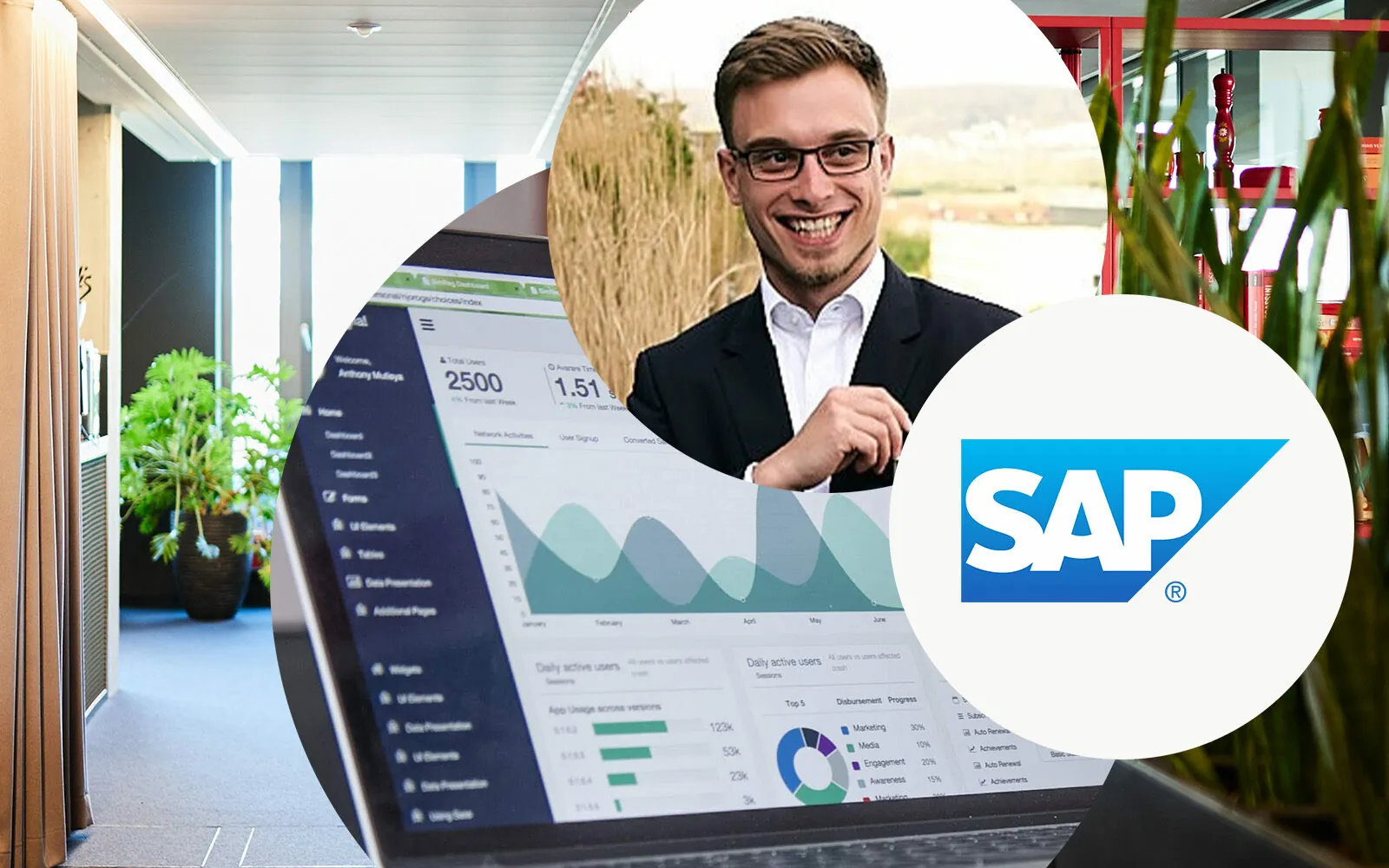Five Questions about SAP CDP for a MarTech Architect Consultant
November 24, 2022

November 24, 2022

In the field of marketing technologies (MarTech), we like to speak metaphorically of a jungle. The sheer mass of different marketing technologies means that you lose track of things quickly.
A Customer Data Platform (CDP) as a customer engagement technology is, within the framework of our metaphors, something like a clearing in the jungle, from which most parts of the terrain are accessible.
We asked our colleague and MarTech Solution Architect Sascha Ulbrich five questions about the SAP Customer Data Platform. Sascha is an expert in this field. He has been familiar with marketing platforms and data for many years and is currently working intensively on SAP CDP, among other things. He knows exactly what marketing automation and data-driven marketing are all about.
Visiting a website, for example, creates data in the background. If a customer visits a page several times or interacts with several touchpoints, the SAP CDP system creates a consistent, harmonized customer master record. The system distributes relevant customer information, based on the user’s consent, e.g., to Emarsys. This allows product and customer-specific marketing automation to be started.
Thanks to the strictly consent-based distribution or use of the data, customers are permanently bound to the company and can build trust in the brand. This contributes to long-term success.
By using SAP CDP, customer data is consolidated in one place and a 360-degree view of the customer is created. From this consistent perspective, all departments – whether sales, marketing, service, etc. – can be provided with the necessary information at the right time, provided that the customer has agreed to this. This is an important foundation for a good and comprehensive customer experience that can drive sales.
With SAP CDP, customer interactions can be routed across departments in real time, taking into account the consent given.
This enables the company to meet customer expectations and build a lasting customer relationship. Ultimately, this should generate higher revenues.
The Customer Data Platform is a very new product that is being developed very quickly and based on customer feedback. Overall, there is a lot of movement in the area of CDPs at the moment, and the approach is indispensable. Therefore, in the context of SAP’s CX portfolio, we will see a lot of development in which SAP CDP will play a central role.
Depending on the use case, different data is very valuable for a company.
Clearly defined data requirements and use cases enable the development of an efficient data model in SAP CDP.
By merging the existing data in one place, it can also be used for segments and calculations that are relevant to multiple departments. This central definition saves time, money, and work in the other systems and prevents duplication of work. As a result, this prepared data can be made available to all marketing colleagues for campaigns and used for their activities. But the service staff can also access the same database and understand and help the customer better.
Thank you for sharing your valuable experience with us, Sascha!
Don't miss a thing.
Subscribe to our latest blog articles.